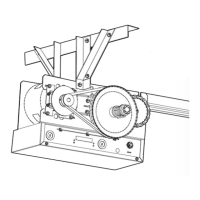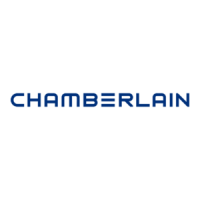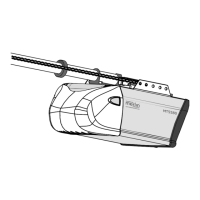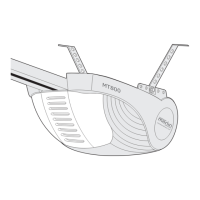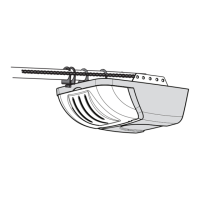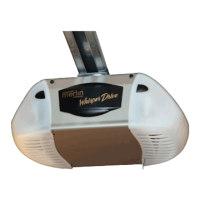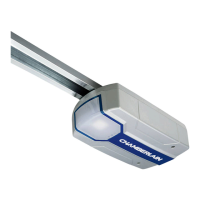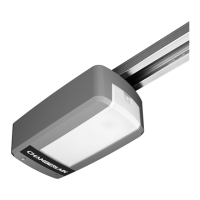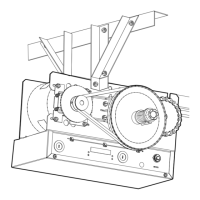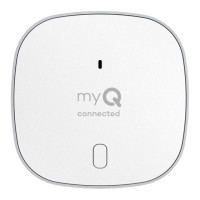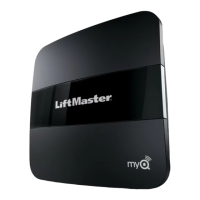Now with
Built in
Radio Receiver
315 MHz
Now with
Built in
Radio Receiver
315 MHz
MEDIUM DUTY DOOR OPERATOR
MODELS MT5011U & BMT5011U
INSTALLATION MANUAL
NOT FOR RESIDENTIAL USE
Your model may look different than the model illustrated in this manual.
THIS PRODUCT IS TO BE
INSTALLED AND SERVICED BY A
TRAINED DOOR SYSTEMS
TECHNICIAN ONLY.
Visit www.liftmaster.com to locate a
professional installing dealer in your area.
OPERATOR RATING: 12 cycles per hour,
50 cycles per day; maximum
Serial #
(located on electrical box cover)
Installation Date
2 YEAR WARRANTY
